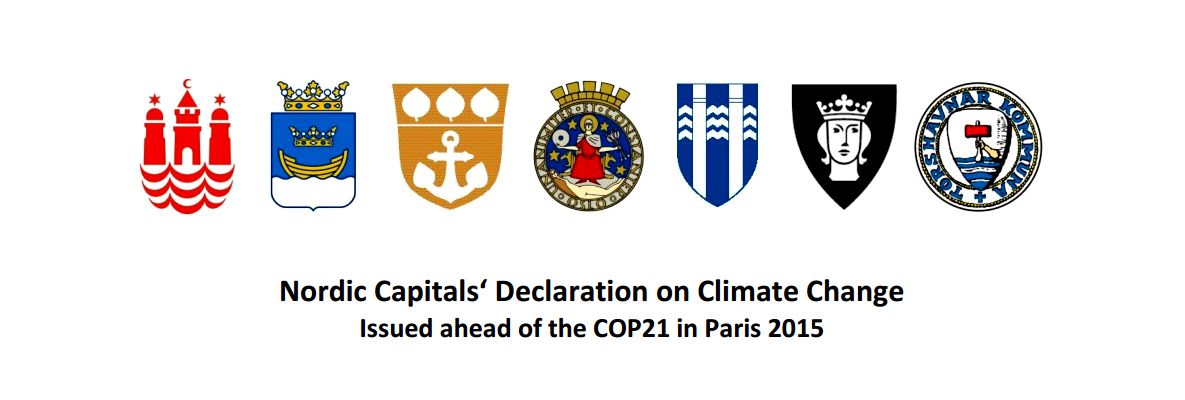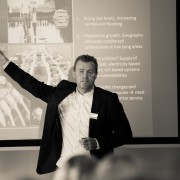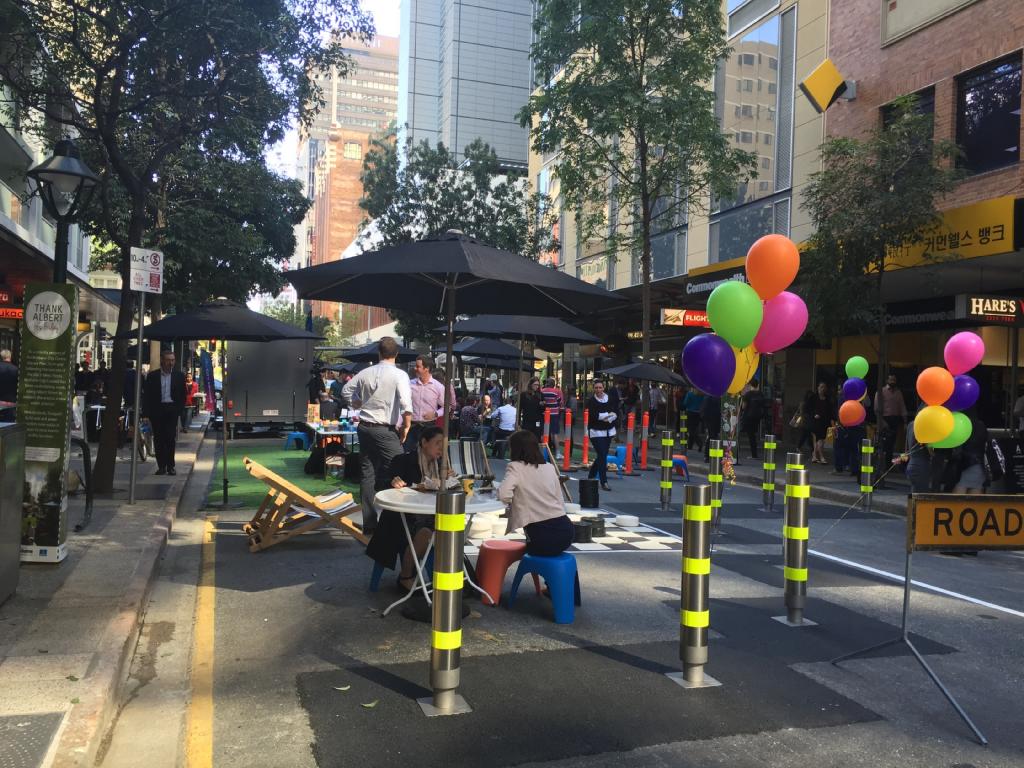Dear All,
Please find below a link to Climate Change Centre Reading´s (CCCRdg) abstract – http://media1.tvb-climatechallenge.org.uk/2017/03/CLIMATE-CHANGE-CENTER-READING-PAPER_DRR-AND-INTERNATIONAL-LAW-SYMPOSIUM.pdf
CCCRdg know “#drr and sustainable urban opportunities”, it is within our expertise area, we find it is important, it is our duty and responsibility to publish our paper abstract to the public. To establish a local private sector law case, providing collaborative commitment to “DISASTER RISK REDUCTION PLAN IN RDG COUNCIL LEGISLATION”
#switch2sendai #MEXICOGP2017 #Localisation #CitiinCiti #Citi2Citi
Also an emergency adaptation DRR – Disaster Risk Reduction and restoration plan for every city needs to be implemented in local legislation #UCEEP – All cities need to draft Urban Climatic Emergency Evacuation Plan (#UCEEP) by 2020.
Walker INSTITUTE and University of Reading DRR AND INTERNATIONAL LAW SYMPOSIUM cannot excel cities impact on DRR law without connecting it to the agreed outcome of the Habitat III:s conference on urban settlements, the agreed New Urban Agenda in relation to the Paris Agreement and the Sustainable Development Goal 11 and Goal 13.
Dear Climate Change Centre Reading,
Regarding Climate Change Centre Reading’s (CCCRdg) paper abstract on the upcoming symposium on Disaster Risk Reduction (DRR) and international law:
“Regrettable your paper; “Aiming for cities ambitious task to take on and implement the Sendai framework on DRR in the New Urban Agenda”
(Making a link to the following theme; (2) how DRR related law and policy will/should develop within specific fields of city law), (participation of governmental, intergovernmental, private, NGO/civil society, academic, and media sectors)has been rejected.
Best wishes”
The preparatory committee DISASTER RISK REDUCTION AND INTERNATIONAL LAW SYMPOSIUM
29 June-1 July 2017, University of Reading, UK
BACKGROUND
SYMPOSIUM OVERVIEW Please join us at the University of Reading between 29 June and 1 July 2017 for the Disaster Risk Reduction and International Law Symposium organised by the Reading School of Law and the multidisciplinary Walker Institute, co-sponsored by the American Society of International Law (Disaster Law Interest Group). Framed around the principles and objectives underpinning the Sendai Framework on DRR 2015-30, and cognisant of the relevance of other global initiatives including the Sustainable Development Goals 2015 and UN Framework Convention on Climate Change, this will be a unique opportunity to discuss, debate, inform and progress the development of law, policy and practice governing DRR and disasters at the national, regional and international levels.
CALL FOR PAPERS Papers are invited which examine one or more of the following research questions, and should be framed around key principles and objectives of the Sendai Framework on DRR:
(1) What ‘soft’ and ‘hard’ law DRR related norms currently exist within international law, whether more generally or within specific legal regimes?
(2) How will/should DRR related law and policy develop within specific fields of law?
(3) What are the current and potential law, policy and/or practice implications of findings in (1) and/or (2), especially in relation to improving the coherence of DRR law at national/regional/ global levels, and associated implementation and enforcement mechanisms? Adopted approaches should include: (a) regional or country-specific case studies; (b) theoretical/ conceptual frameworks; and/or (c) examples of state/non?state actor practice.
Reading, UK 19/03/17
School of Law
University of Reading, UK






